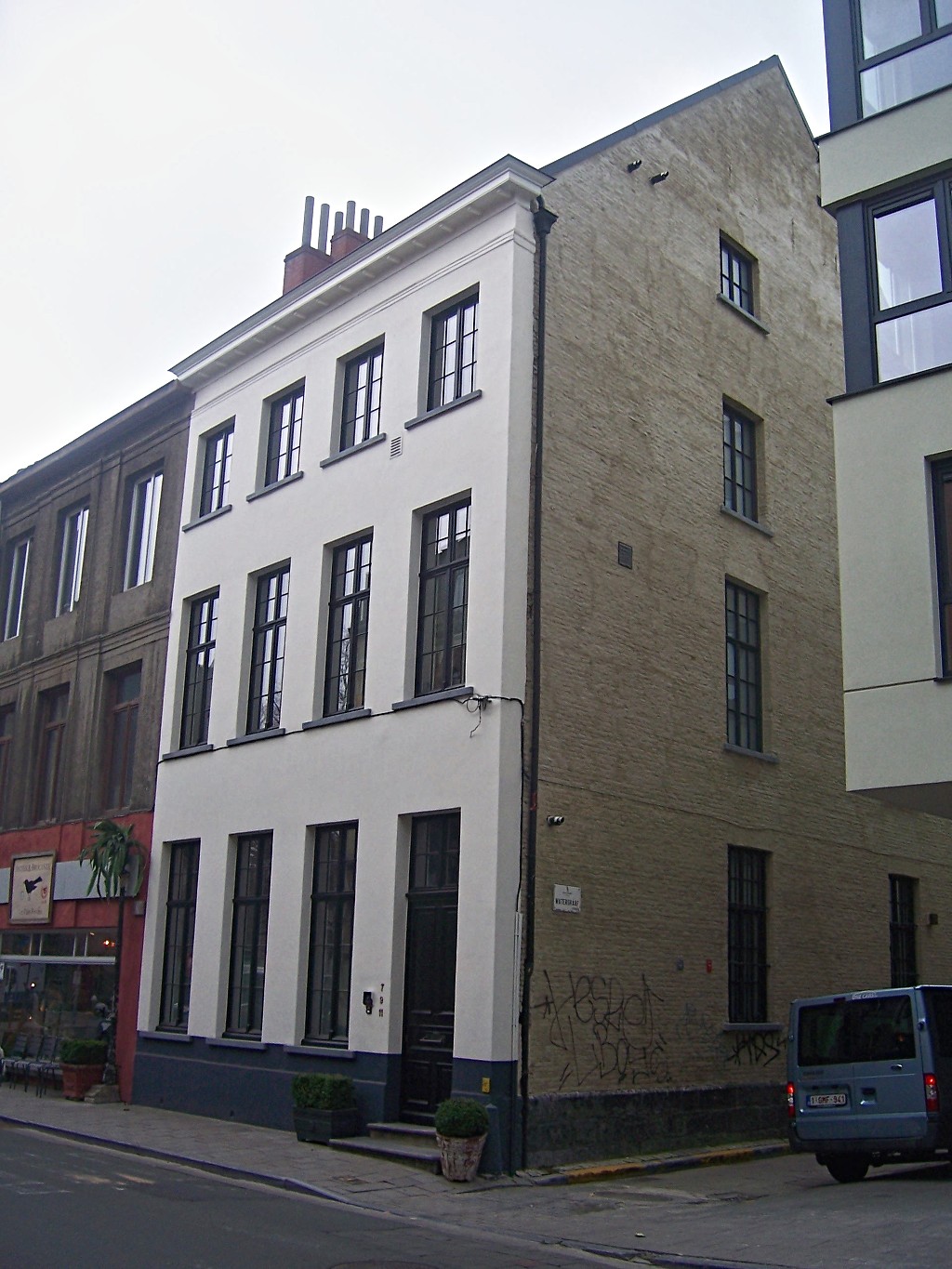In Part One I reminisced about staying at Mrs Deene’s St David’s Guest House in the very heart of the historic old centre of Gent and racing the kermises, about the riders who stayed there and who went on to become world famous Tour Stage winners, or Olympic Champions, or who used the visits to fine-tune their condition for other important events. Quite a different approach from today’s route to stardom…
Today’s media coverage of cycling on satellite television, Eurosport and glossy cycling magazines is the total opposite from how it was in 1960s and 1970s too.
When Eric Leman won the Tour of Flanders in 1970 it received decent coverage in Cycling Weekly, but ‘The Comic’ was almost entirely centred on the British racing scene. The ‘Wobbly Wheelers 25’ would have received better coverage than De Ronde. Furthermore, Cycling Weekly was almost impossible to find anywhere but the larger WH Smiths stores.
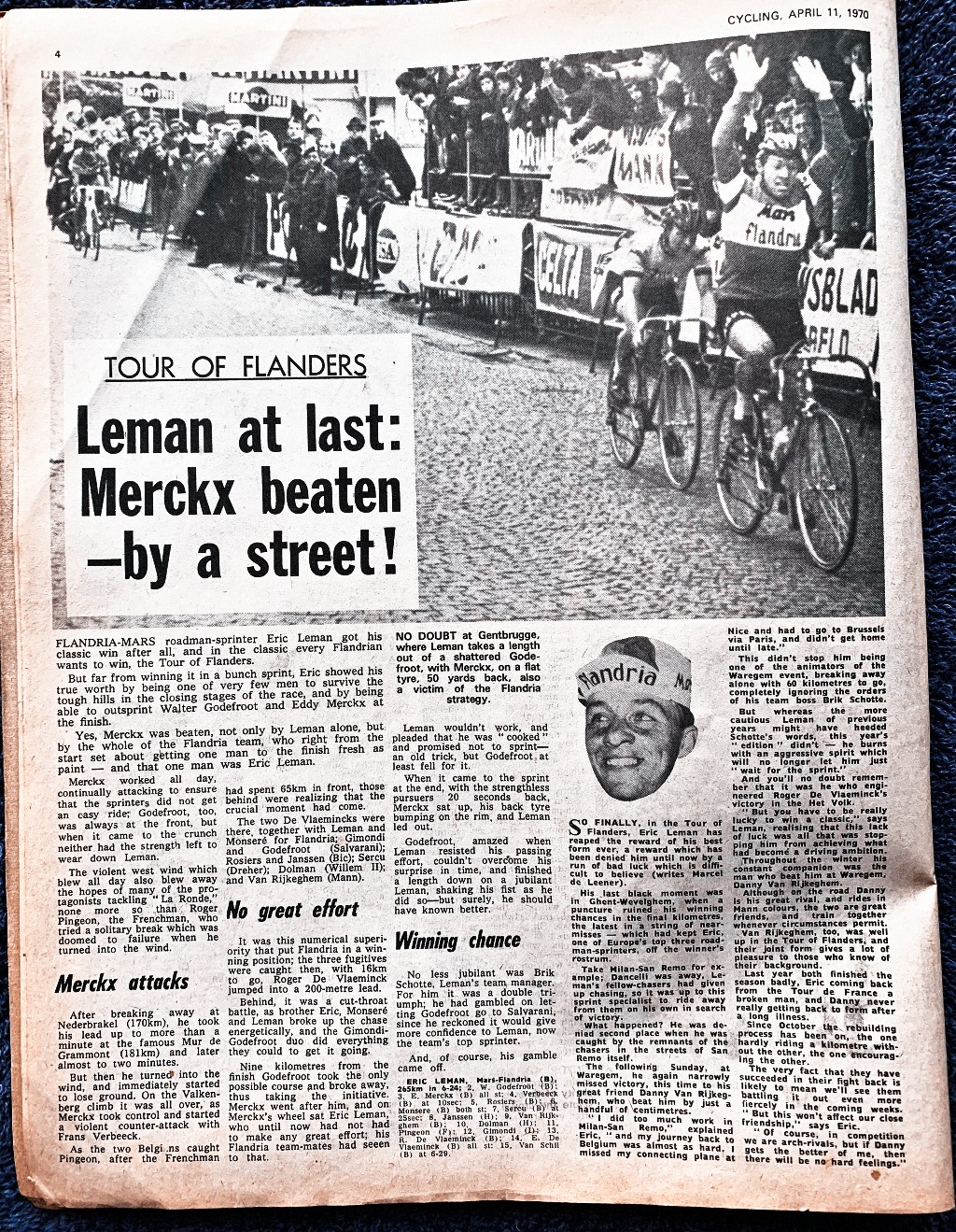
Not even the Tour de France was televised. There was great excitement when the French film of the Tour de France Pour Une Maillot Jaune was showing as the ‘B Movie’ to the award winning French film ‘The Umbrellas of Cherbourg’ at Fairfield Halls in Croydon one evening.
The film buffs in the audience must have wondered why the theatre was full of smelly cyclists?
Given the obscurity of cycle racing and almost total lack of reporting it is truly quite incredible that Tom Simpson was voted both Daily Express and BBC Sports Personality of the Year in 1967.
In the early 1960’s the only information on continental racing came from an obscure monthly magazine called Sporting Cyclist which was sold in only a few specialist racing cycle shops like Stan Butler’s Allin Cycles in Croydon.
The only book which made any mention of racing on ‘the continent’ was ‘Cycling is my life’ by Tom Simpson – which I had already read twice. Not surprisingly when my school organised a day trip to Dieppe in July 1966 I came back with a copy of Mirrior Cyclisme (and a beer glass with Slavia written on it).
Then in May 1968 along came International Cycle Sport, literally a re-vamped Sporting Cyclist; still with Jock Wadley as Editor but now in full colour. But whilst even this new magazine reported on racing on ‘the continent’ there was no advice on either how to go racing there yourself.
There were very, very few British cyclists who had done what Simpson had done and gone to race in Europe where, for those who really made it big, earnings for a top professional cyclist were around ten times what they were for British professional footballers.
In the early 1970s there were only a few British professionals – in Pro Cycling’s 2020 Season Preview the Team Listings include thirty four male British pros.
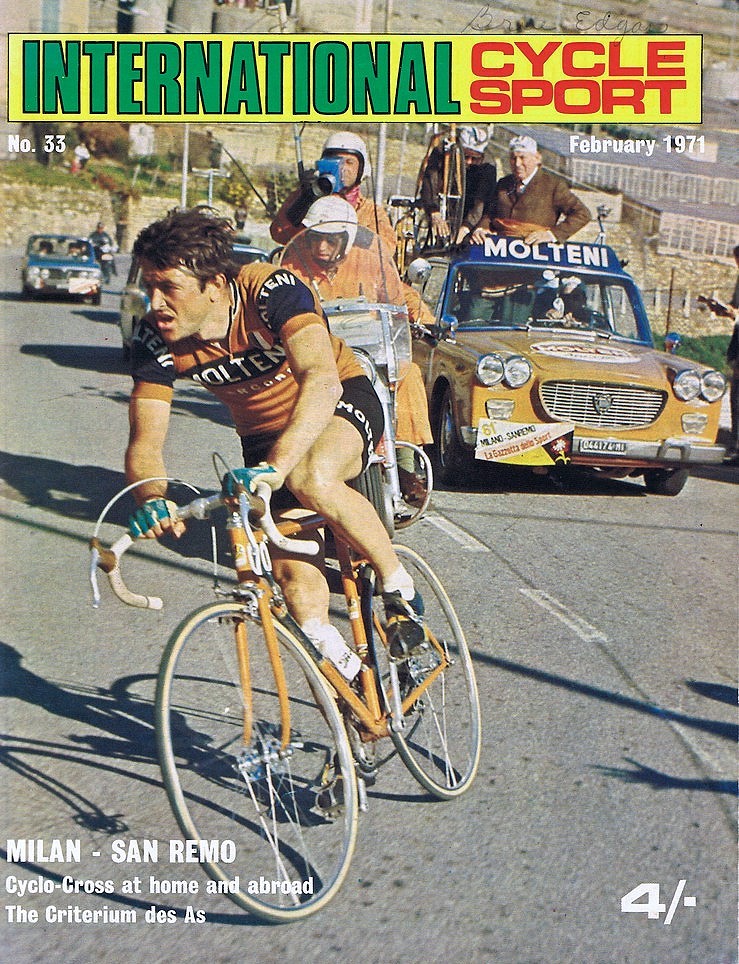
At the time I set off for Flanders and Mrs Deene’s Guest House in 1973 I only knew two people who had raced there – one of them being Stan Butler’s son Keith – who had done well enough that he had become a professional – so it was entirely word-of-mouth, a case of asking for whatever advice people could offer and setting off on the cross-channel ferry, hoping for the best.
In his wonderful book ‘The Ronde’ Edward Pickering describes the racing scene as I knew it:
“There are similarities between the bike racing in Brittany and Flanders.
“An almost autonomous circuit of local races evolved in both regions that were linked to local religious festivals.
“The Flemish equivalent is the kermis, a celebration of the local patron saint, where bike races based on laps of a shortish circuit are often the highlight.
“In the second half of the 20th century it became possible for riders to make a good career out of participating only in this kind of race in their local regions with no need to turn professional or participate internationally.”
Some of the riders we were competing against were earning so much in these ‘amateur’ races that turning professional would likely have caused a drop in their income.
* * *
My first race in Belgium was way down on the border with France, near Ypres, on what had been the Western Front.
The race set off at a furious pace. I could see a hill ahead and thought that I had better make my way to the front so that when we reached the hill I would only slip back through the field rather than out of the back of it. I put in a big effort and got to the front to discover that we were riding behind a pace car in a neutralised section of the race – the race hadn’t even started yet. Of course, when it did start I simply couldn’t keep up and was soon left behind.
But it wasn’t just the speed which was impressive – these continental amateurs looked amazing in their fantastically coloured jerseys emblazoned with advertising – they looked like pros. If you turned up to race with a dirty bike you could be fined for bringing the sport into disrepute!
I soon got used to the speed and within a couple of weeks I was finishing in the leading group, sprinting for the race win.
Managing to stay with the field and finish the races escalated my level of fitness and I was usually in the first twenty finishers – important because the prize money stopped at 20th position.
And so I progressed, getting fitter and further up the results every week but also getting progressively thinner.
Riding between 500 and 600 miles a week I simply couldn’t eat enough to sustain my weight despite going out to the frîte and mayonnaise hut in the Vrijdagmarkt every night after the day’s second meal of horsemeat (?), rice and salad at Mrs Deene’s.
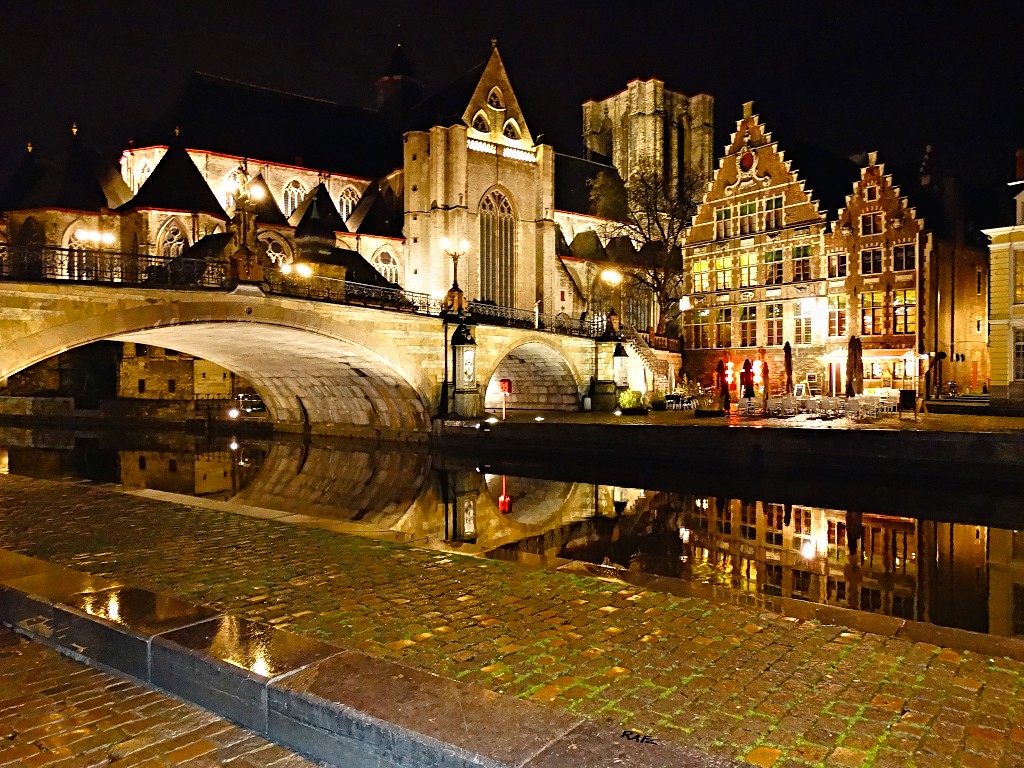
One night after I had won quite a lot of money I was so hungry that after dinner at Mrs Deene’s I went out and found a restaurant near St Baaf’s Cathedral, ate three more main courses and as many puddings – today that lot would cost close to £100.
Back in Gent last November I bumped into Bob Downs, another Mrs Deene resident, who told me the thing he remembered most was the constant hunger!
For those of us hoping to make it big our champion was Grant Thomas who was based up the road in Holland.
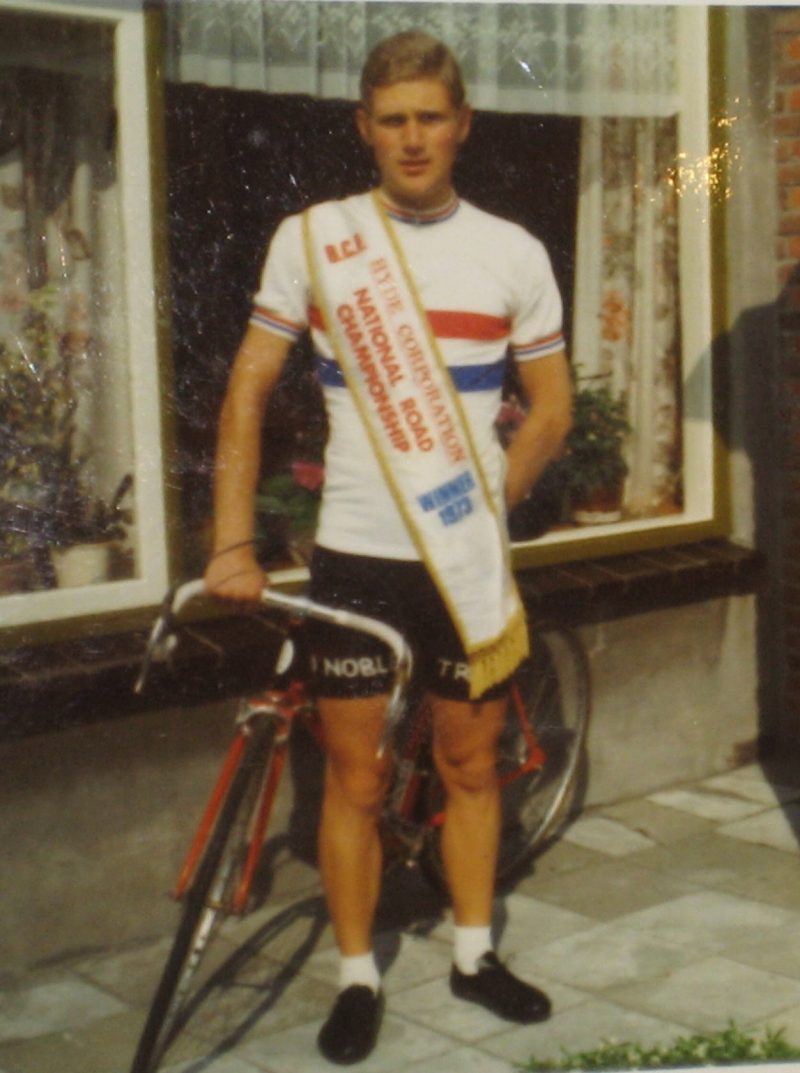
The cycling establishment back in the UK was seemingly run by a bunch of out-of-touch duffers in blazers who, upon being invited to send a British Team to the Tour of Holland, DID NOT select Grant… however his Dutch Team did select him and Grant promptly won a stage of the Tour.
This absolutely typifies Britain’s management of cycling at the time (which Chris Hoy has described as ‘chaotic’ prior to Lottery funding). The British selectors must have limited their scouting and research to reading Cycling Weekly’s reports on the home scene.
Racing in Belgium was a real eye-opener. Now I was seeing in flesh and blood the real life of professional riders whose names I knew and faces I recognised from International Cycle Sport.
I particularly remember watching ex-world champion pursuiter Dirk Baert packing his bike away into a car which was so old and rusty you could have put your hand through the holes in the bodywork.
The reality of the life of most professional cyclists wasn’t quite so pretty and it certainly wasn’t as romantic as the picture all those old sepia photographs in Mirroir Du Cyclisme had portrayed.
Even in mid-summer without the cold, harsh weather conditions of winter and spring, it was hard, dirty work. Not surprisingly the life expectancy of a professional cyclist was only 54 (coincidentally the age of Jacques Anquetil when he died).
My belief is that the hardest part of professional sport is to ‘keep on keeping on’ when your form goes and your results go with it. Whilst we were indeed amateurs the fact that we needed to win money to get by literally made us, in practise, professionals.
As kind as she was and as cheap as she provided accommodation, I can remember Mrs Deene chasing me up for the rent once or twice. It was hard to stay motivated day-in, day-out and in a moment of weakness I cracked and decided to leave and go back home to being a quantity surveyor with a regular salary, a nice new company car and a less monastic lifestyle.
I love going to Flanders and to Gent in particular. Every time I drive across the border and see the ‘Belgium’ sign I feel at home again.
I rode the Tour of Flanders Cyclo Sportif a couple of times a few years ago before it became so popular and overcrowded. I love to be back over there watching the Tour of Flanders or other races, go to the Gent Six Day and to ride a bike again in Flanders, enjoy the wonderful beer and the wonderfully friendly Flandrian people.
* * *
Flanders has changed so much since 1973; the canals don’t stink anymore and the whole place – Gent in particular – is now vibrant rather than run down.
Just down the road from Mrs Deene’s there is a huge old monastery with one small room overhanging the canal – the WC! Back in 1973 it seemed it was still in regular use. Now, instead of gagging as you cross the canal bridges you watch as open tourist boats cruise along them and eat in restaurants beside them.
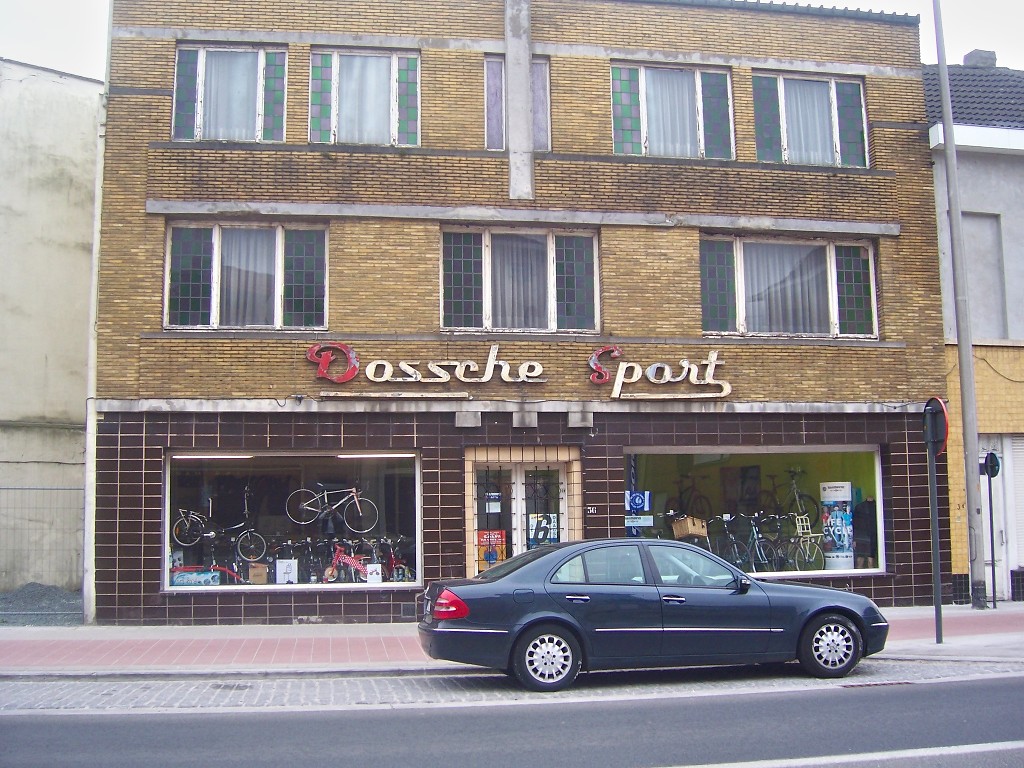
Both Plum Vainqueur and Dossche Sport bike shops are still there but both now specialise in sit-up-and-beg bikes, catering for the huge student population from Gent’s two universities.
Plum still have a small museum around the back and down the stairs which is worth a visit and if you explain you’re from the UK its likely they’ll give you a free bidon.
Roger de Vlaminck’s tiny shop is also worth a visit in Eeklo – and he still specialises in racing bikes.
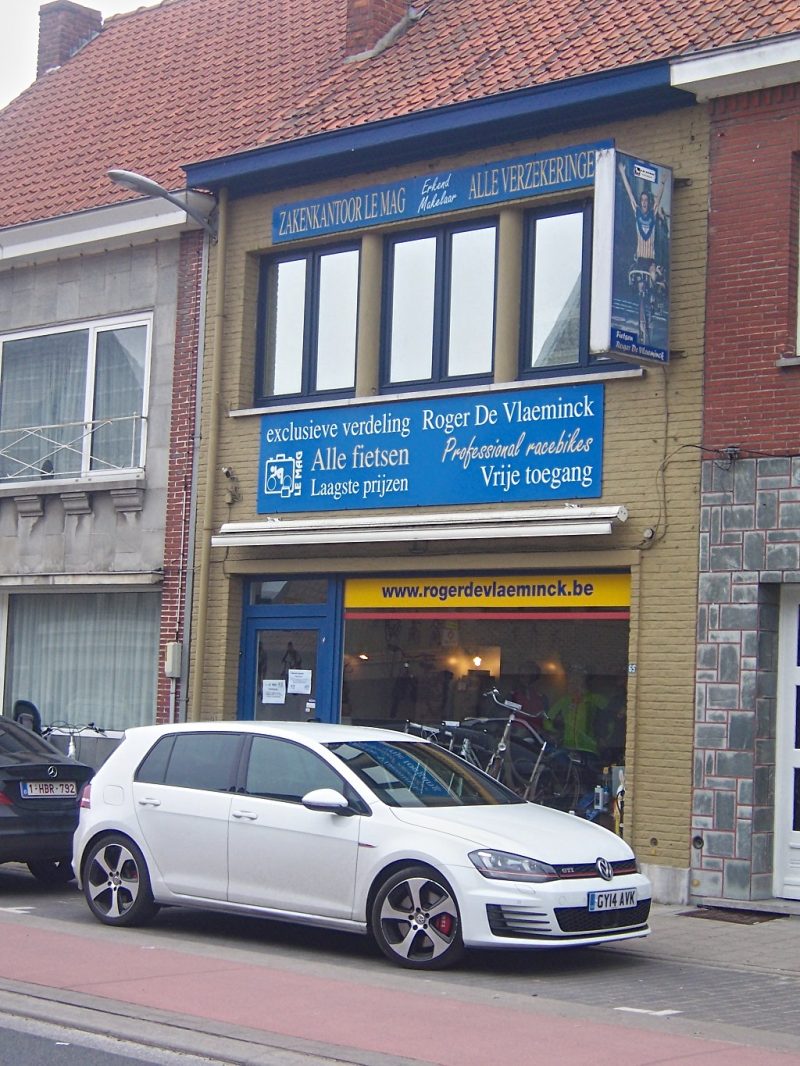
In his book ‘The Beast, The Emperor and The Milkman’ Harry Pearson describes how Flanders has changed over the past thirty years;
“From being proverbially poor the region is suddenly rich. The change is clear in Gent.
“Thirty years ago the city was charming but run down, the great Flemish baroque buildings begrimed with dirt, the river Leie choked and emitting the dank odour of a thousand blocked drains.
“Nowadays Gent is a place transformed, sparking and fragrant.
“If Flanders was independent from Wallonia it would be the wealthiest state in the EU.“
Gent is my favourite place in the World.
Having legged it back to the UK I rode a few races, but they seemed so ‘Mickey Mouse’ – so ‘after the Lord Mayor’s Show’.
And it was hard to keep your form once you were back in the UK; in Belgium we were racing full-on 110 km four or five days a week and starving hungry. Back in the UK it was maybe two races at the weekend plus an hour’s criterium at Crystal Palace on Tuesday night and access to your own fridge.
When I got back from Gent my mother was so shocked at how much weight I had lost she thought I must be seriously ill.
In September I rode a 90 mile race but was so bored at the end of the first 15 mile lap that I broke away off the front of the field with a couple of others with 75 miles still to go.
As usual the rest of the field finally woke up on the last lap and almost caught us. I finished second, collected my winnings and never raced again.
I had retired at the age of 22.
After racing full time in Flanders and living at Mrs Deene’s, nothing would ever be the same.
